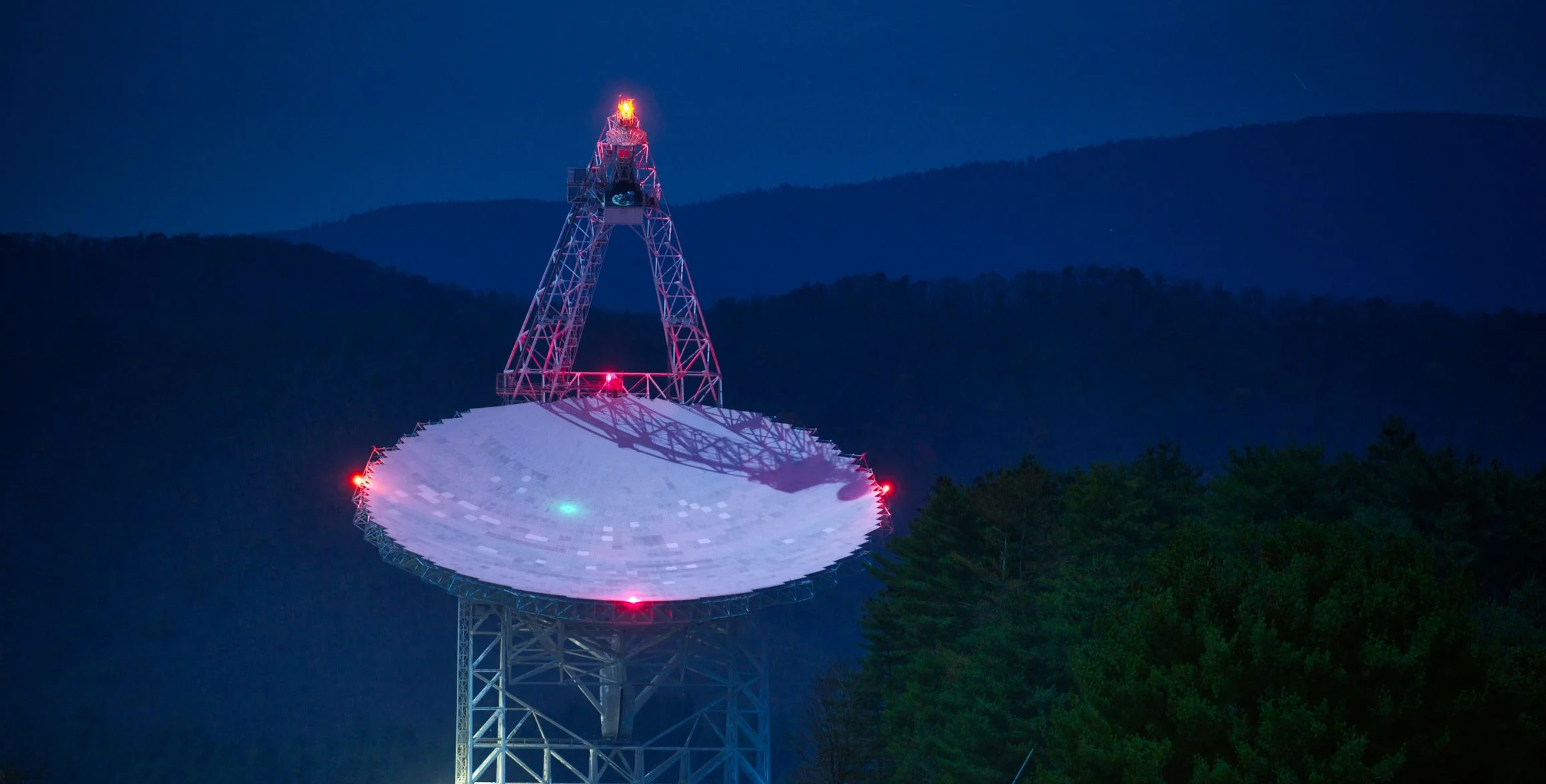A team of researchers brought us closer to finding out at what point gravity wins over matter and collapses neutron stars into black holes
An artist’s impression of a neutron star - Image Credit: Acasey Reed- Penn State University via Wikimedia Commons
A neutron star is a collapsed core of a colossal star, which usually had a total mass of 10 to 29 solar masses before it collapsed. The typical mass of the leftover core is approximately 1.4 solar masses.
Despite their enormous mass, neutron stars are incredibly small when it comes to their physical size. Typically their radius is only about 10 kilometers (or 6.21 miles). Think about this, an object with a radius of only 10 kilometers with a mass that is larger than that of our Sun. This makes neutron stars potentially the densest type of star in the universe.
To put these numbers in a more relatable context, imagine a sugar cube. If you were to put only a single sugar cube of neutron star material on Earth, it would weigh as much as all humans on Earth combined, or approximately 100 million tons.
Although scientists have studies these unique objects for many, many years a lot of the mystery remains concerning their interior workings. Questions like: At what point does gravity win over matter and form a black hole? And do neutrons in the core of a neutron star break down into exotic particles? Remain unanswered.
A team of researchers recently brought us a bit closer to finding some explanations. They found that a quickly rotating millisecond pulsar, named J0740+6620, is the most massive neutron star ever measured, packing a whopping mass that is 2.17 times larger than that of our Sun into a sphere that is only 30 km (18.64 miles) across. This approaches the limits of how massive and compact a single object can become without crushing itself so hard that it becomes a black hole.
The researchers used the Green Bank Telescope in West Virginia - Image Credit: Jiuguang Wang via flicker / HDR tune by Universal-Sci - (CC BY-SA 2.0) (This image is also used as the banner image for this article)
Thankful Cromartie, a pre-doctoral fellow at the NRAO, stated that Neutron stars are as mysterious as they are fascinating. They are so massive that their interiors take on weird characteristics. According to him, determining the maximum mass that physics and nature will allow can teach us a lot about this otherwise elusive realm in astrophysics.
A Pulsar is a magnetized rotating neutron star or white dwarf that emits beams of electromagnetic radiation. These beams sweeping across space bring to mind a lighthouse as it beams its light in a circle as well. When it comes to how fast they rotate, there is a little difference, though. Pulsars can spin 100's of times per second. This spin is so regular that scientists can use it as something akin to an atomic clock. The timing aids scientists in studying the mysterious characteristics of space-time, measure the masses of stellar objects, and improve their comprehension of general relativity.
The discovered binary system, which is almost edge-on in relation to Earth, can help astronomers to calculate the mass of the two stars. Because the ticking pulsar passes behind its white dwarf partner, there is a subtle delay in the arrival time of the signals. This phenomenon is known as "Shapiro time delay."
The Shapiro time delay effect is a classic test of general relativity. Basically, gravity from the white dwarf star lightly warps the space encompassing it, following Einstein's general theory of relativity. This warping means that the oscillations from the rotating neutron star have to travel just a little bit farther because they have to go around the distortions of space-time created by the white dwarf. Scientists can utilize the significance of that delay to determine the mass of the white dwarf.
Scott Ranson, a co-author of the paper, stated that the orientation of this binary star system created a fantastic cosmic laboratory. Every 'most massive' neutron star discovery will bring scientists closer to identifying the tipping point where gravity defeats the ability of neutron stars not to collapse into a black hole.
We live in exciting times when it comes to the field of astrophysics. This latest discovery only increases our excitement. And with the upcoming giant land-based telescopes and future advanced space telescopes, there is probably a lot more to come.
Sources and further reading: Green Bank Observatory press release / National Radio Astronomy Observatory / Pulsars / Neutron Stars/
If you enjoy our selection of content please consider following Universal-Sci on social media:











